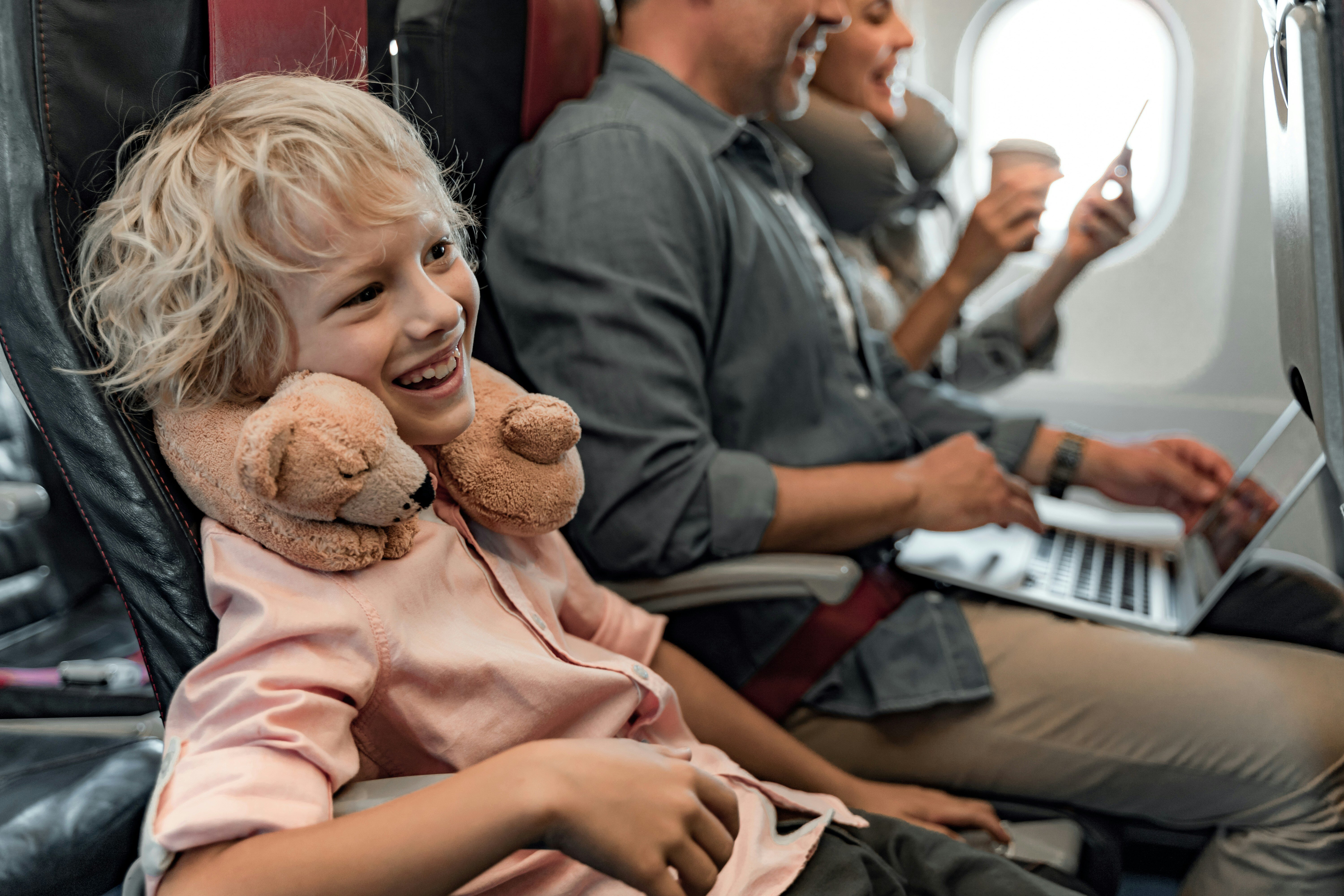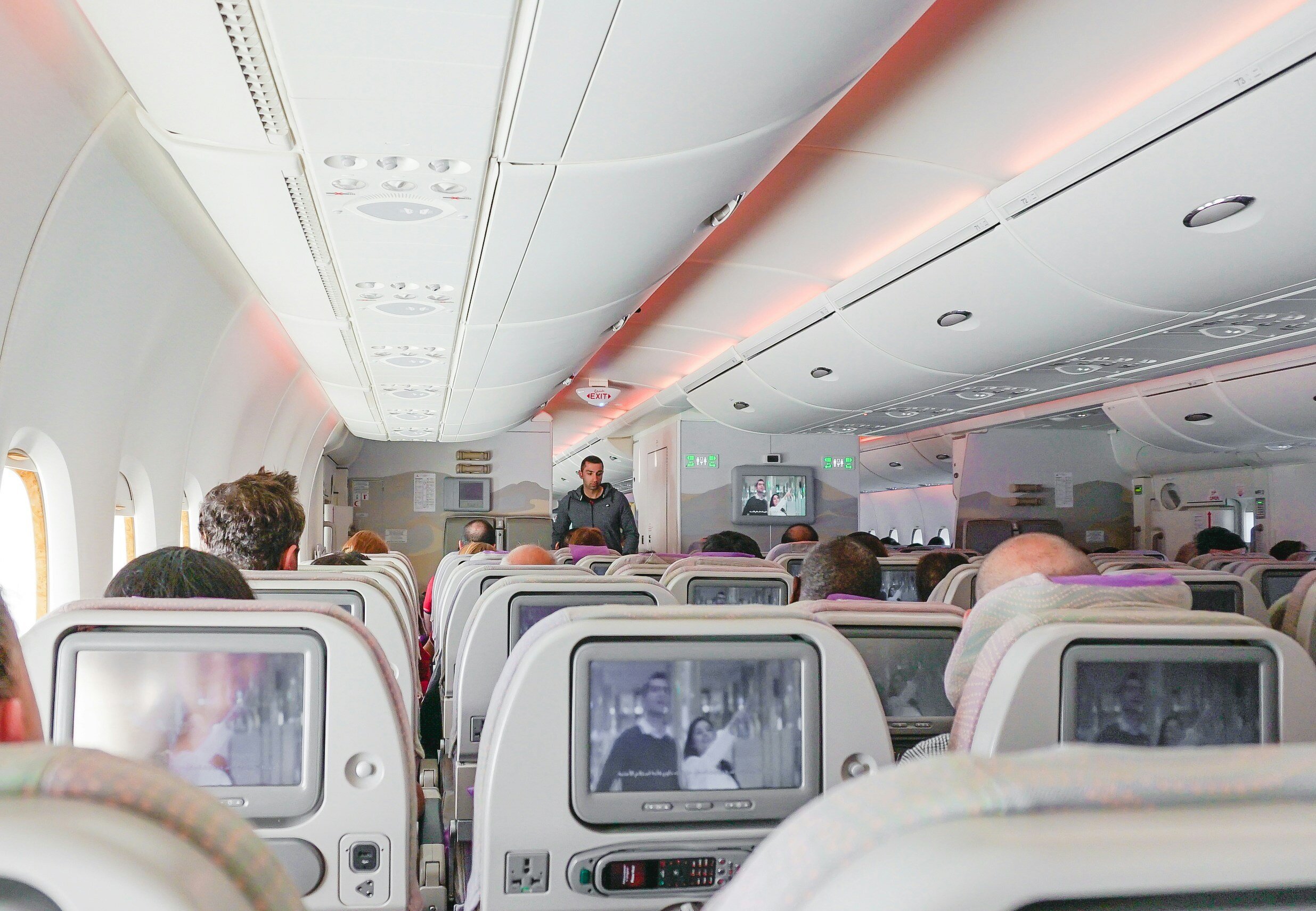3 Powerful Use Cases to Restart Airline Digital Marketing
by Tomas Salfischberger on 2.7.2020

We've been working closely with airline marketers for over a decade, helping the likes of KLM, Air France, and Transavia leverage their first-party data to improve the customer journey.
This year, airlines and many other industries have had to face their biggest challenge to date: a pandemic. It's been rough, and we've seen the struggle — there's no shortage of content reporting the sudden drop in airline demand and forecasting drastic measures airlines may have to take in order to survive, and the outlook has been rather grim.
However, as countries begin to reopen their borders and allow citizens to travel, the time has come to once again start preparing for the future. As a company, we believe that extraordinary situations can be wellsprings for creativity and innovation; it's not business as usual by a long shot, but there are going to be many opportunities in the coming months to rebuild something even better than before. So here are a few practical customer journey use cases that every airline marketer can implement to restore customer trust and help their airline on its way to recovery.
1. Leverage data to create relevant & inspiring travel recommendations
After nearly all passenger flights were grounded at the beginning of the pandemic, most airlines ended up offering vouchers to customers whose flights had been canceled. In fact, U.S. airlines are currently estimated to be sitting on more than $10 billion in travel vouchers.
For the first time, millions of travelers are actively showing their airlines massive amounts of good faith by accepting vouchers for future flights rather than demanding full refunds now. If that isn't loyalty, I don't know what is. The trick now, of course, is encouraging customers to use their vouchers rather than cashing them in for a refund. If airlines navigate this well, it could form the foundation for building a new relationship with their customers based on even more trust and commitment than in pre-pandemic times.
How airline marketers can stimulate travel and encourage customers to use their travel vouchers
You’ve probably already informed your customers about the safety measures your airline has taken. Now, it’s time to keep the dialogue going:
- Start by creating personalized communication around the canceled travel destination.
- Keep your customers informed on the latest developments in the country of arrival as well as when the airline expects to restore its flights to this destination.
- The moment the original destination opens up, your customers should receive an alert including the specific travel procedures around the flight and the restrictions that apply to the specific country.
Pro tip: Smart recommendations
Enrich your communication by adding smart recommendations based on data of the canceled flight. Elements to take into consideration include similar route, similar period of the year, similar weather conditions, similar price category.
Since the situation per country can change quickly, promoting more than one destination can spark curiosity and thereby increase the chance of a booking. A customer who was planning a long weekend in Porto could be equally interested in visiting Lisbon, Barcelona or Bari instead. Keep in mind that people will need time to gain confidence to travel long distances, so for your first use case, we recommend focusing on short-haul flights from the country of departure.

2. Ensure consistent & relevant communication across all channels of the customer journey
With the new protective measures in place, your customers' travel experience will become longer — and at least on a short term, less comfortable. IA published report from Simpliflying mapped over 70 areas that would change due to the demand for a safer experience on the day of travel. Such measures include health assessments before departing, wearing face masks, having packed meal boxes on board, and sanitizing luggage upon arrival.
Not all these changes are yet in place, and the complexity of the different measures at each airport, country and airline may be overwhelming for travelers. Clear, transparent and consistent communication will be crucial in helping your customers navigate the fast-changing environment. When done well, empathetic and helpful communication becomes a first-class service.

Be honest about the situation — tell your customers what they can expect, such as how much extra time they should prepare for at the airport, or what they will be allowed to do on board your plane. Providing information will give your customers a sense of control and will reduce potential frustration. While you can't do much in terms of lessening the required measurements, giving your customers the information they need and demonstrating true empathy is a way to make their travel experience as pleasant as possible.
How can you ensure your customers are well-informed throughout their customer journey?
Here’s a simple cross-channel customer journey that you can easily set up in your Journey Orchestration Platform.

3. Anticipate and prepare for sudden changes in passenger demand
At the moment of writing this article, the situation around the spread of COVID-19 is still quite uncertain, and this directly affects how people feel about traveling. According to one BBC report, the general view is that domestic flights will recover first, and we already see airlines boosting their short-haul flight schedules in preparation for the summer holidays. The situation is more complicated for international flights, however, as each country has different regulations around accepting visitors.
At this point, nobody knows what’s going to happen, which means that as an airline marketer, the best thing you can do is remain flexible and have intelligent technologies in place that will allow you to respond to changes in real time.
How to maximize load factor and respond to abrupt changes in customer demand
If we go back to the core of the airline business, it boils down to selling as many seats as possible at the lowest possible cost. Filling planes — increasing load factor — is one of the most crucial KPIs for every airline. As we’ve written previously, pre-coronavirus, the average passenger load factor (PLF) was 81.7% with budget airlines leading the market with more than 90% PLF.
Currently, not only is the demand for flying lower, but some airlines are enforcing social distancing on board by leaving the middle seats unoccupied, which lowers the maximum PLF to just 65%. While this might be a temporary measure, keeping the load factor at maximum levels will remain an important factor for the recovery of the airline industry.
To get information on the load factor per flight, you’ll need to get access to the internal revenue management system and integrate it to your digital marketing channels. Revenue systems are a source of huge amounts of data and variables that ultimately define whether a flight is above or below its load factor target. With this data available, you can dynamically manage your marketing activities, pushing campaigns for flights that need more attention or pausing campaigns for flights that are on target.
After setting up such a use case, our customer Transavia learned that only about 20% of flights being searched for actually required an above-average push. In their load factor use case, the marketing team targeted customers who had previously searched for a low load factor flight with display ads to promote that flight at a discounted rate. As a result, Transavia’s marketing team was able to adjust display advertising based on real-time data and thereby drastically increase their return on advertising spend (ROAS).
After connecting all touchpoints and load-factor data, you can set up smart rules in your marketing platform to create journeys that will automatically change based on the current customer demand.
Taking the road less traveled
I hope that these practical use cases can be the boost that your team needs to restart your digital marketing.
As an avid traveler and pilot myself, I have many close ties in the industry and I know how much it's hurting. That said, I do strongly believe it will recover quickly, and that this time is an opportunity for airlines to differentiate from the competitors and build long-lasting customer relationships. Showing up for your customers and constantly working on improving their journey is the way forward toward restoring trust and rebuilding the airline industry.
You May Also Like
These Related Stories

How to Increase Loyalty and Retention in the Airline Industry

How to Increase Passenger Load Factor with Customer Data
.jpg)

